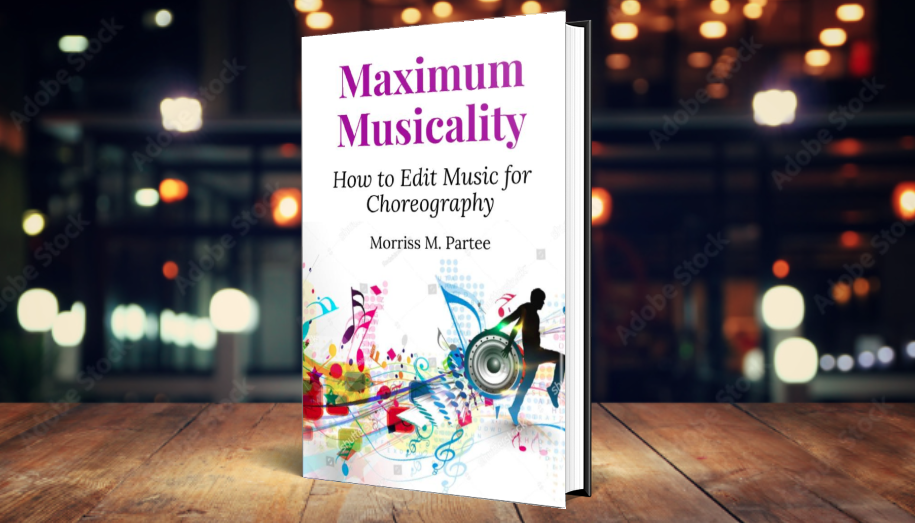It’s a fact, dance teachers and choreographers need to use edited music in their routines. Some choreographers edit their music themselves, others ask a friend or family member to do it, and others send it out to a professional. No matter how you do it, whether it’s yourself, or hiring out a professional to get it done, you should be charging your students (or your studio) when you edit or remix music for the routines that you choreograph.
 Music editing and remixing is not free. It takes time, effort and skill. Your dance studio wouldn’t dream of giving away choreography or costumes for free, why would the time and energy to work music into shape for a routine be any different?
Music editing and remixing is not free. It takes time, effort and skill. Your dance studio wouldn’t dream of giving away choreography or costumes for free, why would the time and energy to work music into shape for a routine be any different?
Your time as a dance teacher/choreographer is valuable. You charge students (or your studio) for your time in developing choreography and then teaching it to your students. You are paid for that service. When you devote time to creating or editing your music, that’s valuable time you are taking away from other activities, no matter whether that’s family time, time at another job, or time you could be spending creating even more choreography.
If you hire a professional to have your music edited, normally you would not absorb that cost; you should be passing it on to your customers, which in the case of a dance studio, are your students. Therefore, when you do the music yourself, you should still be charging appropriately for the service. If you don’t, you are short-changing yourself.
A good starting point for determining how much you should charge is to take note of the average time it takes you to edit a song. Say it takes half an hour to edit a song, and you charge your studio $50 an hour for teaching dance or creating choreography. In that case, you should charge the studio $25 for the song editing service. If you spend, say, two hours creating a complex song medley for a competitive group routine, then it would be appropriate to charge $100 for the music for that group.
If you are also the studio owner, you should be charging a music fee to cover not only the costs of getting the music into shape for the routines, but also to cover your ASCAP/BMI/SESAC fees. Smart business owners charge a mark-up on services purchased on behalf of their customers to cover the employee time and expense involved in procuring the goods. Studios do this as normal business practice for procuring costumes. The same should be true for procuring quality music. Say your studio has 100 students, and you pay $600/year in ASCAP, BMI and SESAC fees. This means that the base cost of providing the music licenses to your studio is $6 per student per year. If the studio then charges $9 per student per year as a music usage rights fee, then the studio is covering the cost, plus making a few extra dollars as well.
The same concept applies no matter if you edit your own music or send out a remix to a professional. If you spend $199 to create an exciting and original remix for a group routine with 15 students in it, that works out to $13.33 per student. If the studio charges $15 per student as a music remix fee for the routine, then not only does the studio cover the cost of the exciting remix, the studio is also making a small profit. Here’s an article explaining how to cover all your music costs.
The bottom line is: Don’t sell yourself short.
And when you need a professional to get your music right, Squirrel Trench Audio is at your service. We are thrilled to have helped hundreds of dancers around the US and all over the world, have spectacular music for their routines. And since we understand that cost is often an issue, and costs need to be kept to a minimum in most situations, we have a catalog of music that has already been edited or remixed, and is available for immediate purchase at a price far less than custom editing or remixing.
